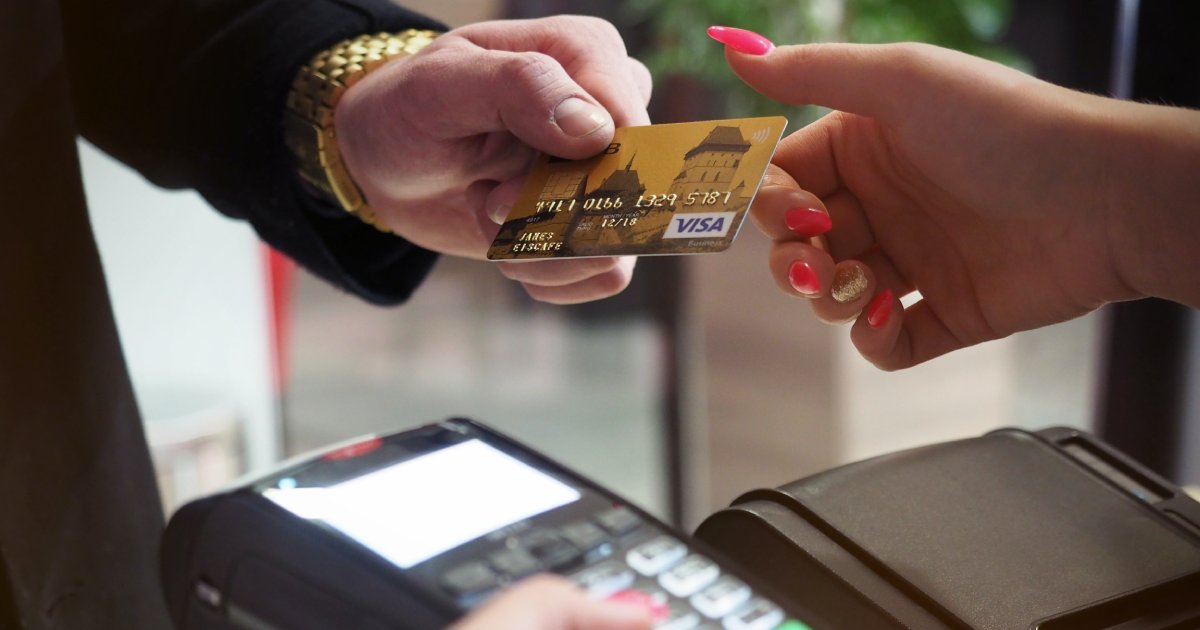
Brands Focus on Loyalty in the Face of Inflation
As the licensing industry plans for the remainder of 2023, concerns about dwindling consumer spending, inflation, and the rising cost of goods are growing.
The National Retail Federation recently issued its annual forecast with retail sales growth expected to increase between 4% and 6% in the U.S. in 2023. In 2022, the annual anticipated growth was 7%. This is above the pre-pandemic, average annual retail sales growth rate of 3.6%, but follows unprecedented growth rates during the pandemic.
“In just the last three years, the retail industry has experienced growth that would normally take almost a decade by pre-pandemic standards,” National Retail Federation President and CEO Matthew Shay said in the forecast.
Looking forward, the National Retail Federation anticipates job growth will decelerate in the coming months and the U.S. unemployment rate is expected to exceed 4% before 2024.
“While we expect consumers to maintain spending, a softer and likely uneven pace is projected for the balance of the year,” said the National Retail Federation’s Chief Economist Jack Kleinhenz.
However, the power of brand loyalty serves as a bright spot moving forward.
According to the 2023 U.S. Consumer Trends Index from Marigold, 72% of consumers are prepared to pay more to purchase from their preferred brands. The majority of consumers (70%) cite loyalty programs as “important” or “critically important” to their lasting loyalty.
And while most outside of the licensing industry likely think of brand loyalty as a consumer purchasing only one brand of jeans, for example, or buying the same brand of peanut butter they ate as a child well into their adulthood, it’s not always that simple.
Ethan Decker, President of Applied Brand Science, explained the complicated nature of brand loyalty during a panel at South By Southwest (SXSW) earlier this year.
“The first law of brand loyalty is that most people buy a range of brands for most things,” Decker said. “And the more you buy a product, the more brands you buy and the less likely you are to be loyal to one single brand.”
In fact, when examining the number of frequent, casual, and one-time purchasers of any large brand, Decker said most consumers are one-time purchasers.
And when discretionary spending is on the decline, consumers are more likely to shift their decision process from loyalty-based to value-based.
“Shoppers will replace hard questions with easy questions,” Decker said. “A question about the best value for toilet paper is replaced by a question about which brand of toilet paper they bought last time.”
By understanding how brand loyalty shifts in response to factors like inflation, IP owners can better appeal to consumers and build stronger bonds between their properties and purchasers.
“Brand loyalty has to be rewarded. We listen to our customers and adapt to what their new needs are,” Ari Levin, VP of Strategy and Partnerships for Hyatt Hotels Corporation, said during another panel at SXSW.
Brand loyalty should be measured in terms of not just money spent by consumers, but also in terms of engagement. And Levin said Hyatt also focuses on developing loyalty among partners and employees as well as with consumers to truly strengthen the brand.
“We’re in the business of forming relationships,” Levin said.

















